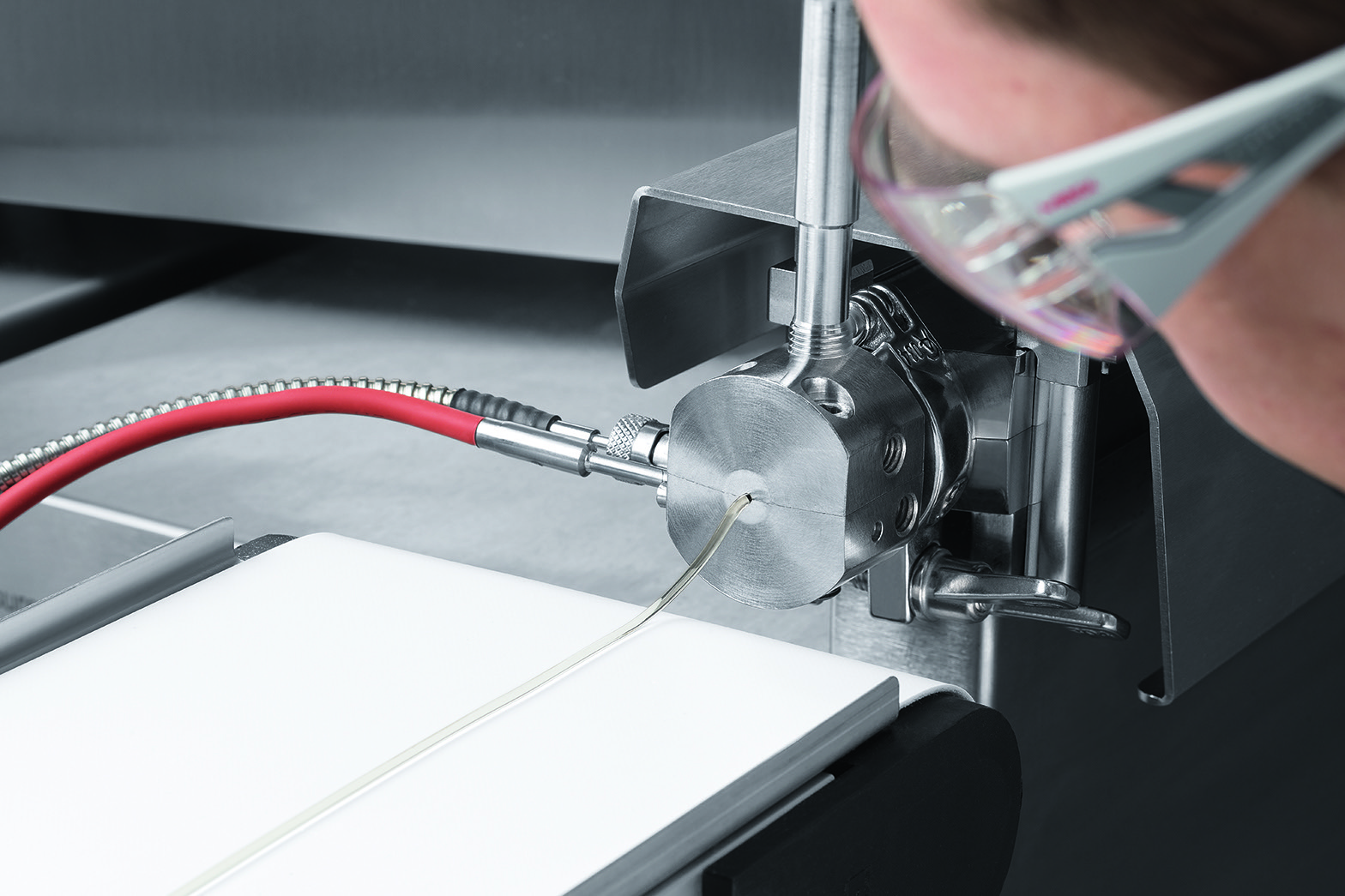Synergistic Effect of Polyvinyl Alcohol and Copovidone in Itraconazole Amorphous Solid Dispersions

The first objective is to evaluate the feasibility of melt-extruding polyvinyl alcohol-based amorphous solid dispersions for oral drug delivery. The second objective is to investigate the miscibility between polyvinyl alcohol 4-88 and copovidone, and to characterize the properties of ternary itraconazole amorphous solid dispersions comprising both polymers.
Methods
Samples were prepared using a co-rotating, twin-screw extruder. A solution precipitation study was conducted to compare the precipitation inhibition of polyvinyl alcohol against other commonly used polymers for amorphous solid dispersions. Miscibility between polyvinyl alcohol 4-88 and copovidone was determined using DSC and XRD analyses. All extrudates were characterized using DSC, XRD, and non-sink dissolution.
Results
Polyvinyl alcohol demonstrated the highest capacity for inhibiting the precipitation of itraconazole. Itraconazole was found to be more soluble in copovidone (>30%) than in polyvinyl alcohol 4-88 (<5%) in binary extrudates. Polyvinyl alcohol and copovidone are miscible when the proportion of polyvinyl alcohol 4-88 does not exceed 30% (w/w). Compared to binary extrudates, the ternary extrudate demonstrated a higher degree of supersaturation and more sustained supersaturation of itraconazole in purified water and phosphate buffer pH 6.8 solution.
Conclusion
As a surface-active material, polyvinyl alcohol was effective in inhibiting precipitation of itraconazole in aqueous media. Solubility of itraconazole in polyvinyl alcohol in solid state was limited because of the high polarity of the polymer. Ternary systems comprising a mixture of polyvinyl alcohol and copovidone demonstrated better supersaturation in aqueous media than binary systems. Ternary systems benefited from both the high solubilizing capacity of copovidone and high precipitation inhibition capacity of polyvinyl alcohol. Continue reading
See the Details on Parteck® MXP with an interactive tool
More information on Parteck® MXP

